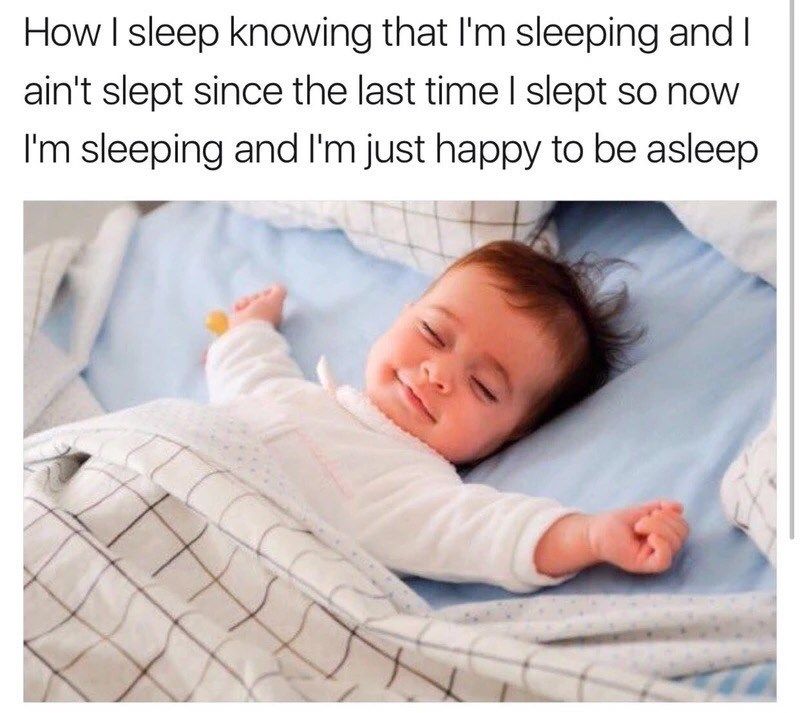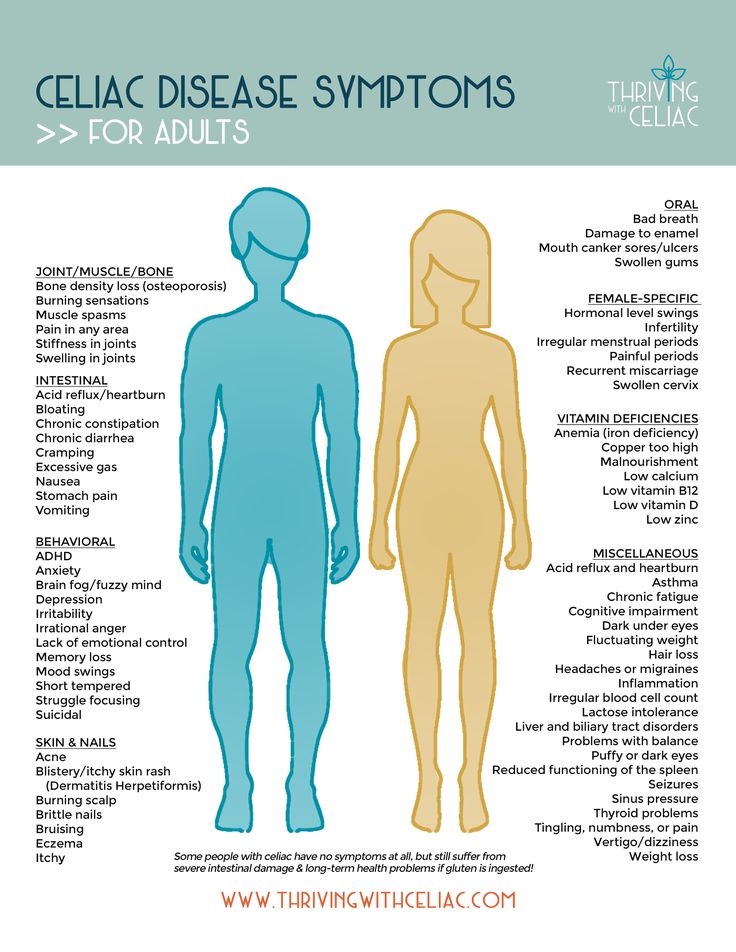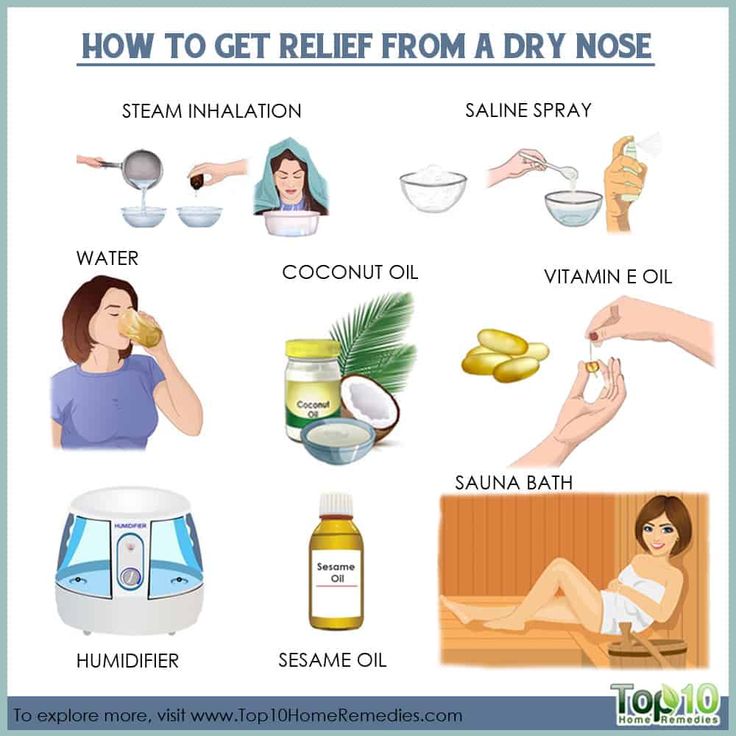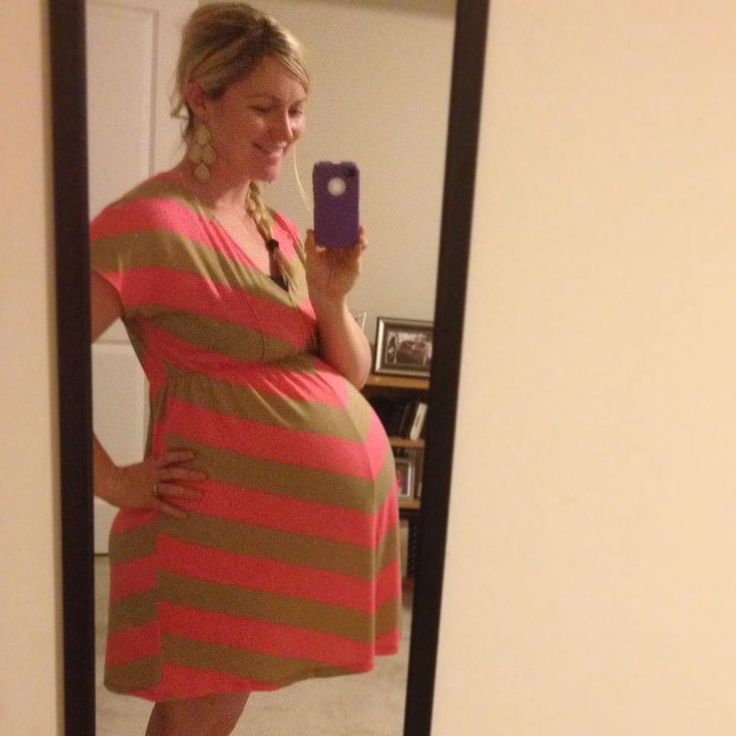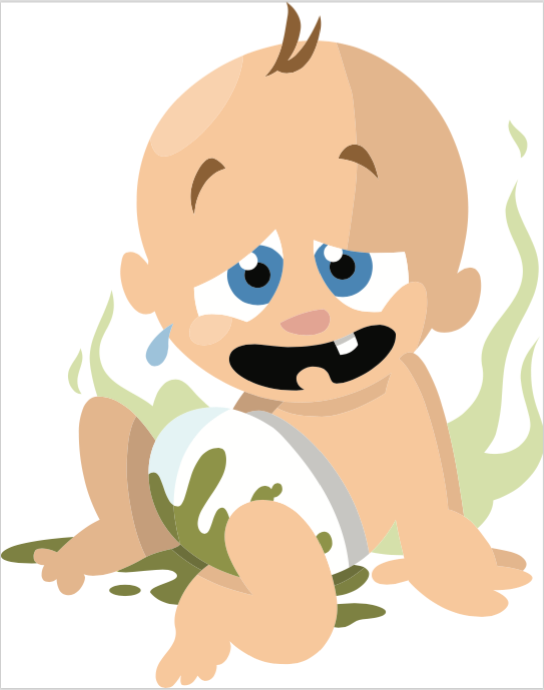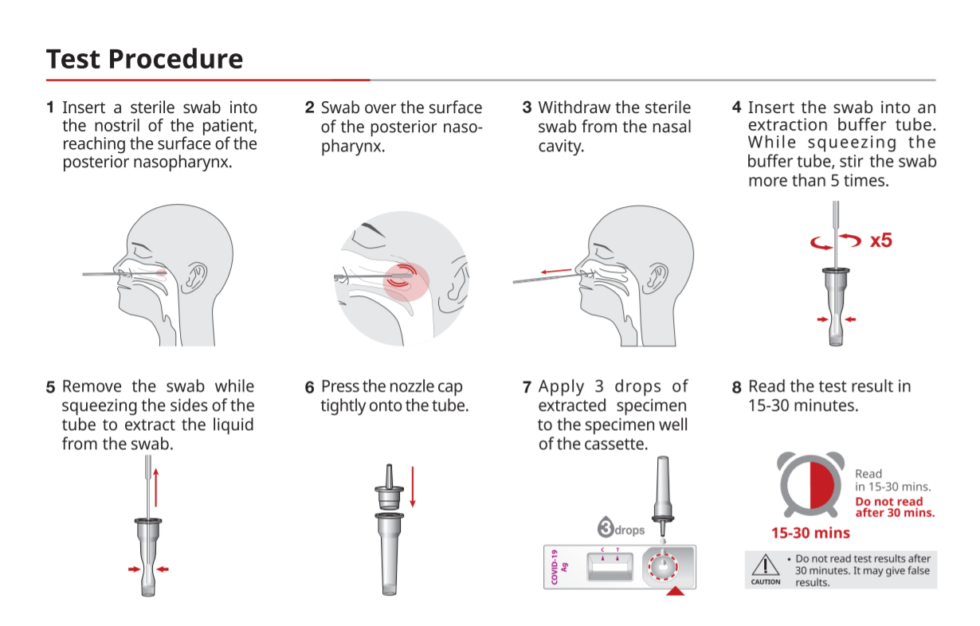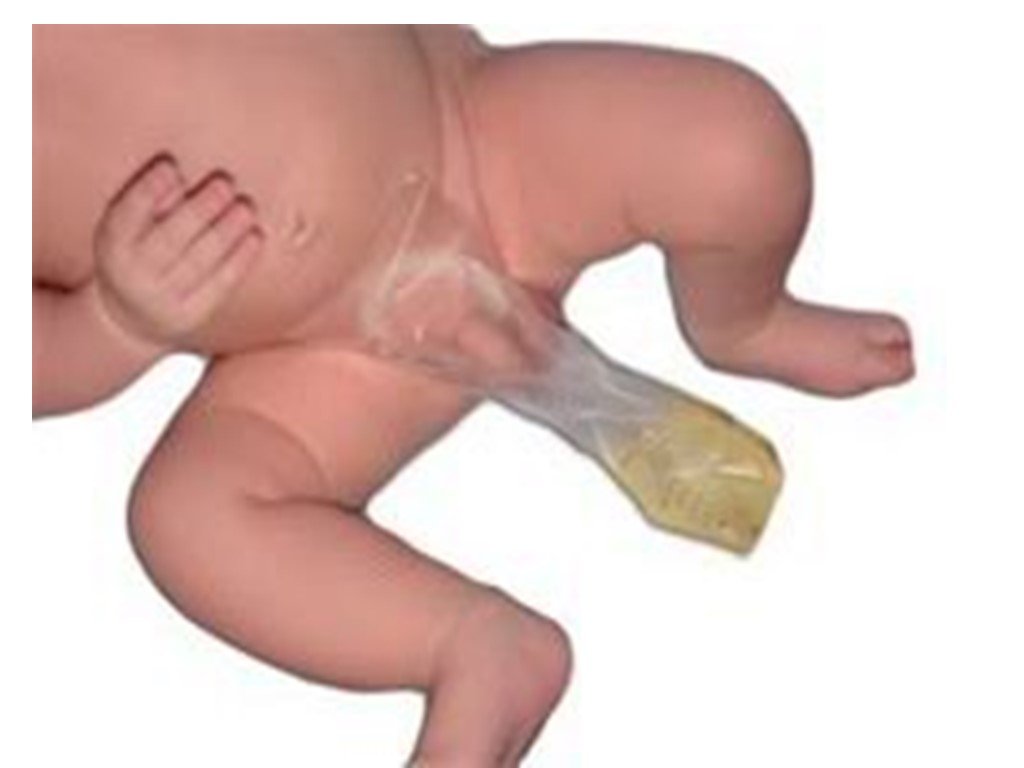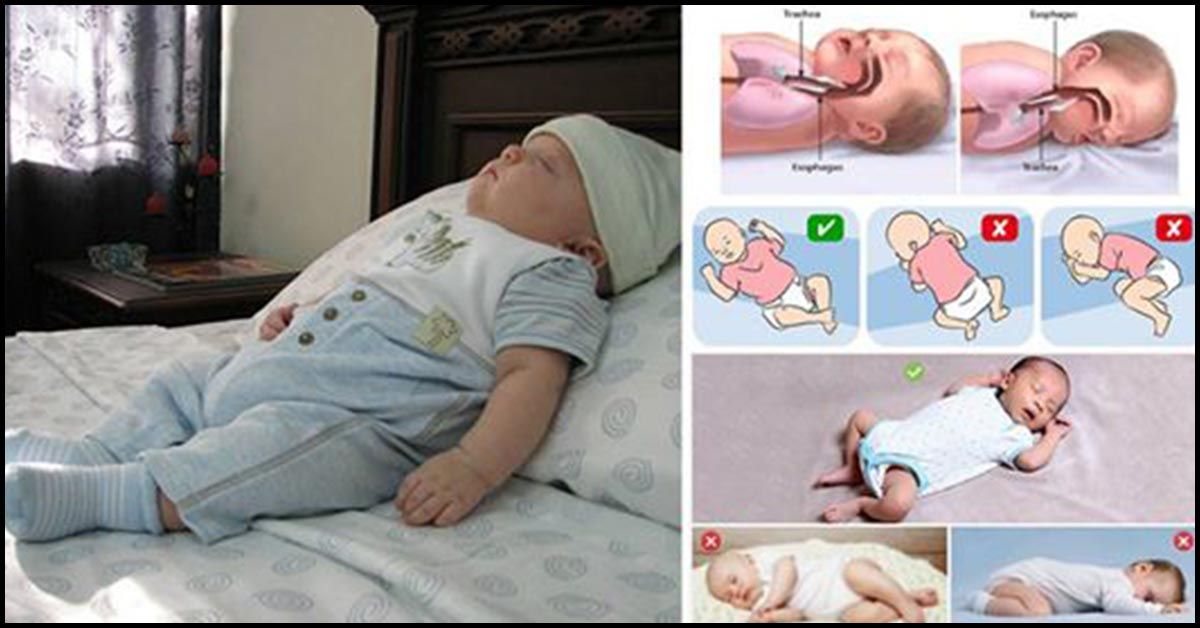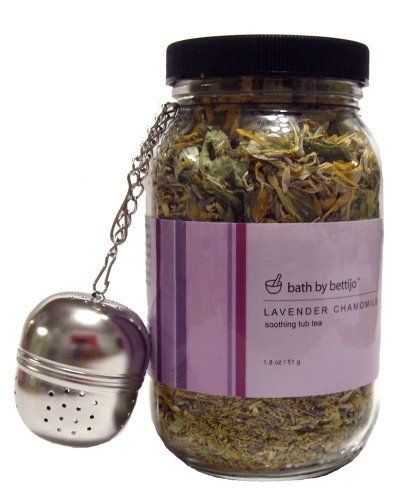Do babies get hot when they sleep
Why babies sweat, snort, and make noises while sleeping
Sleeping like a baby isn't always as peaceful as it sounds. Babies often moan, groan, and whimper in their sleep, which can be disconcerting. They can also sweat profusely, pause between breaths, rock their body, and bang their head on the crib. This is all usually normal – however, sometimes a baby's sleep behaviors can indicate a more serious problem.
Why does my baby sweat so much while sleeping?
Some babies sweat profusely during the deepest part of their nightly sleep cycle ((REM sleep) and end up soaking wet. Babies spend much more time in the REM stage of sleep than adults or older children, making them more likely to sweat at night.
Your baby could also be sweating in their sleep because they're hot. While you want your baby to be warm at night, take care to not let them get overheated, as overheating is a risk factor for sudden infant death syndrome (SIDS).
Babies don't need to be bundled up at night: Dress your baby in however many layers you'd feel comfortable in and keep their room at a comfortable temperature.
If your baby consistently seems too hot at night, you might want to try a lighter swaddle blanket. Swaddles shouldn't be so tight that they make it difficult for your baby to breathe or move their hips.
Stop swaddling your baby when they start trying to roll over, around 2 months old. (This is a good time to transition them to a sleep sack or similar wearable blanket that keeps their arms free.)
Don't put any loose bedding in their crib, including quilts, blankets, pillows, bumpers, or stuffed animals. These items can cause an unsafe sleeping environment for your baby and increase the risk of SIDS.
As a general rule, if you're too hot, your baby probably is too. If the house is kept cool and your baby isn't in warm layers – but is still often sweaty – talk to their doctor.
Sweating is very common, but excessive sweating could mean that something isn't right. For example, excessive sweating – especially when eating – can be a sign of congenital heart disease as well as sickness or infection.
Some possible scenarios and reasons for babies sweating include:
Advertisement | page continues below
- Overheating. Since babies (especially newborns) have an underdeveloped nervous system, they aren't able to regulate their temperature as well as adults are. If your baby is sweating, try cooling their environment a little or taking off a layer. As a general rule, dress your baby in as many layers as you're comfortable in with the given temperature.
- Crying. Intense crying can cause your baby to work up a sweat.
- Fever. If your baby's sweating and you don't see a reason for them to be hot, it's a good idea to check their temperature. A temperature of 100.4 or higher is a fever. If your baby is younger than 2 months old and has a fever, call their doctor.
- Congenital heart disease. Certain medical conditions, such as heart disease, can cause sweating in babies. Conditions like these are fairly rare, and babies are usually screened for serious congenital heart conditions at birth.
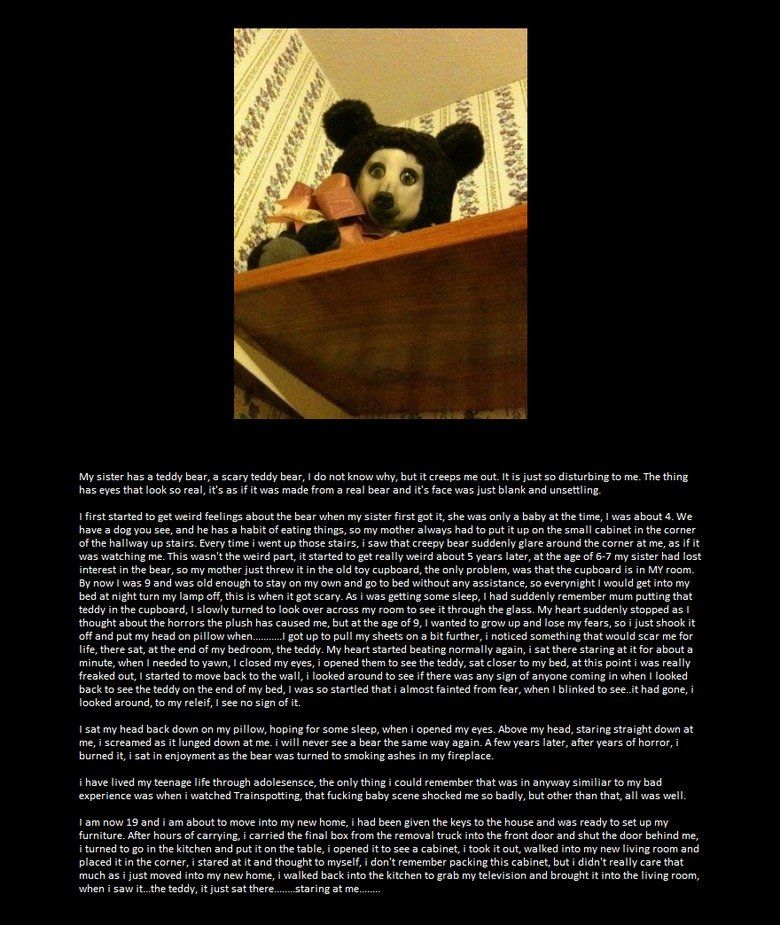 But always talk to your baby's doctor about anything you're concerned about.
But always talk to your baby's doctor about anything you're concerned about.
Other strange baby sleep habits
Here are other baby sleep habits that can worry new parents. Though strange, these behaviors are often normal. Sometimes, though, they can signal a medical problem.
Pausing between breaths
You've probably noticed your baby's breathing rhythm changes as they sleep. They might breathe rapidly at first, then more slowly, before pausing for five to 10 seconds and resuming rapid breathing, and so on. Doctors call this "periodic breathing," and it's common in babies until they're about 6 months old.
Possible cause for concern: Some infants might have pauses in breathing for up to 20 seconds, which is normal. This may be due to an immature brain stem (which regulates breathing). But if pauses last longer than 20 seconds, let your child's doctor know. The doctor will want to investigate possible causes and ensure your baby is getting enough oxygen.
It's also not unusual for a newborn's hands and feet to appear bluish at times – this can happen if your baby is crying or coughing, or if they're a bit cold. But if your baby's forehead, tongue, nails, lips, or the trunk of their body looks persistently blue, they may be having trouble getting enough oxygen.
What to do about it: Putting your baby to sleep on their back is the single most helpful thing you can do to help them breathe easily. If your baby stops breathing, touch or nudge them gently to see whether they respond and take a breath. If they don't respond, get help immediately.
If your baby stops breathing and you can't wake them up, start administering resuscitation efforts right away and ask someone to call 911 for help. If your infant isn't breathing, but still has a normal pulse, they need rescue breaths every 2 to 3 seconds. If they aren't breathing and have a low pulse (less than 60 beats per minute), or no pulse, they need infant CPR, which includes 15 chest compressions between 2 rescue breaths.
If you're alone, call 911 yourself after two minutes of CPR, and then resume CPR until help arrives or your baby starts breathing again. It's always a good idea to have knowledge of infant CPR ahead of time in case you ever need it.
Snoring, snorting, and making nasal sounds
If your baby occasionally snores or makes snorting sounds while they're sleeping, it's probably nothing to worry about. Newborns often have extra fluid or mild nasal swelling after birth. A baby might snort or snore when they have a stuffy nose.
If your baby has a cold, use a vaporizer or humidifier to make breathing more comfortable. You could also use saline drops in their nostrils to help break up mucus. Even if your baby doesn't have a cold, they may make some noise when breathing due to normal mucus in their nose.
Possible cause for concern: Persistent snoring can sometimes indicate a problem – especially if accompanied by gasping, coughing, or choking at night.
What to do about it: Always mention your baby's snoring to their doctor, just to be on the safe side. Your baby's doctor can check for problems and may refer you to a specialist (such as an ear, nose, and throat doctor) or a sleep specialist to see if testing or treatment is necessary.
Grunting, gurgling, and making moaning sounds
Babies sometimes make grunting, gurgling, whimpering, or moaning sounds in their sleep. This is usually normal and happens during light sleep.
Possible cause for concern: Grunting noises can sometimes be a sign of struggling to breathe. If so, the grunting would be accompanied by other signs of breathing distress such as rapid breathing, rhythmic flaring nostrils, head bobbing, or retractions (pulling in of the skin with inhaling) between the ribs.
What to do about it: Take your baby to the doctor or hospital immediately if they show any signs of distressed breathing. Providers can help determine whether your baby is getting enough oxygen and what could be causing their difficulty breathing. If your baby is consistently making moaning sounds and you have other reasons for thinking they could be in pain, let their doctor know.
If your baby is consistently making moaning sounds and you have other reasons for thinking they could be in pain, let their doctor know.
Rocking their body
Many babies are soothed by rhythmic back-and-forth movements, such as the gentle motion of a rocking chair. Some babies will rock on all fours or even while sitting up. Body rocking starts at about 6 to 9 months old and may be accompanied by head banging. It usually isn't a sign of any behavioral or emotional problem.
What to do about it: It's best to take a low-key approach to rocking. If your baby senses you're trying to stop the rocking, they may take it as a challenge and persist in the behavior. Move their crib away from the wall if the rocking is unusually loud. And tighten the screws and bolts on their crib regularly, because all that motion may work them loose.
Head banging
Like rocking, head banging is a common behavior some babies use to comfort themselves. It may seem strange, but it's common and harmless for your baby to bang their head.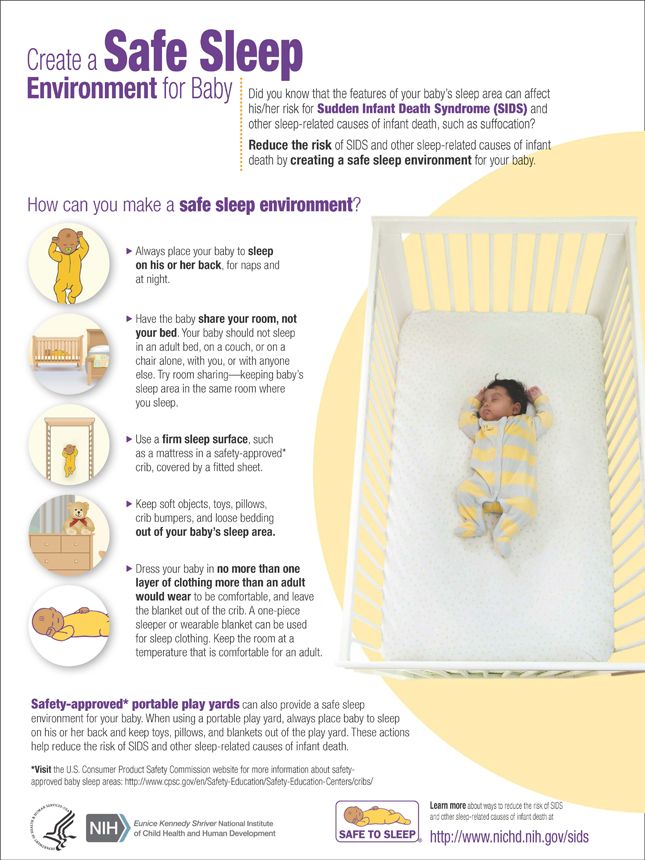 They may do this to distract themself from pain – if they're teething, for example, or have an ear infection. For some kids, it becomes a way to self soothe.
They may do this to distract themself from pain – if they're teething, for example, or have an ear infection. For some kids, it becomes a way to self soothe.
Head banging often starts after a baby is 6 months old and may go on for several months or even years, but most children outgrow it by age 2 or 3. Some kids may continue to head bang longer. It's seldom a sign of any emotional or developmental issue.
Possible cause for concern: In rare instances, especially if your baby has developmental delays, head banging could signal a problem.
What to do about it: Tell your doctor about it, just to be safe. Tighten the screws and bolts on their crib regularly. And don't put pillows, bumpers, or blankets in the crib to cushion the blows – loose bedding raises the risk of SIDS.
Grinding their teeth
More than half of babies grind their teeth, especially while asleep. Grinding can occur at any age, but it's most common in babies who are getting their first teeth (usually around 6 months). Although the sound may be nerve-racking, the grinding probably won't hurt your baby's teeth.
Although the sound may be nerve-racking, the grinding probably won't hurt your baby's teeth.
Possible cause for concern: Reasons for teeth grinding in babies can include the sensation of new teeth, pain (from an earache or teething, for example), and breathing problems, such as from a stuffy nose.
What to do about it: Mention it to your baby's doctor and dentist. (Your baby's first dentist visit may happen around the time they turn 1.) The doctor and dentist can evaluate what's behind the grinding and check for damage to the tooth enamel. Few babies are such ardent grinders that they actually wear down their teeth.
5 Signs your Baby is too Hot whilst Sleeping, Cool Your Baby
With summer around the corner and nights getting warmer, your baby’s sleeping environment will need to adapt in order to lower the chances of your baby overheating. A question we hear often from parents of babies with correctional helmets is, ‘will my baby be too hot?’ It’s true that babies with a TiMband helmet need a few days for their body to adjust but this happens quickly and there are things that you can do to help your baby with this.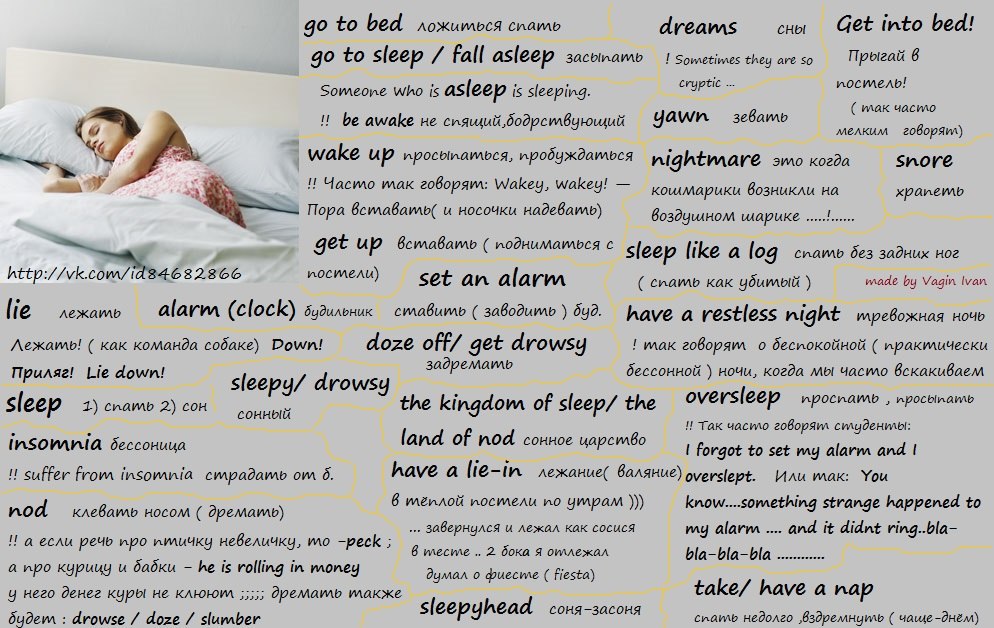
To make sure that your baby is not too warm, familiarise yourself with these five signs that show your baby might be too hot:
Clammy Skin
You can tell if your baby is too hot if their neck, back or tummy is sweaty or warm to the touch. Avoid the ‘touch test’ on a baby’s hands and feet, as these will usually feel colder than the rest of their body and give an inaccurate body temperature. If in doubt, use a thermometer – normal body temperature for a baby is between 36 and 37°C.
Red Face and Rashes
If your baby’s skin is red or blotchy, this is also an indicator of overheating. When a baby gets too hot, sweat can irritate the hair follicles in their skin and present as a prickly rash or red splotches. Rashes usually appear in areas which have skin-to-skin contact such as armpits, elbows, thighs, or areas which are flat against fabrics, such as the neck, chest and back. Our guide to treating a baby’s heat rash has several tips for soothing babies with heat rash.
Rapid Breathing and Raised Heart Rate
The reason your baby’s breathing might quicken when they’re too hot is that their body is working extra hard to cool itself down. This process usually happens when your baby has been too warm for some time, so it’s important to act quickly if you notice fast breathing or a quickened pulse. For reference, on average a newborn younger than six months of age takes about 40 breaths per minute, which can slow down to 20 breaths per minute when sleeping. If your baby is breathing more than 60 times in a minute, seek urgent medical advice.
Lethargic and Disorientated
Of course, your baby will be sleepy when waking up for a feed, but if you notice that they are unusually unresponsive, dizzy, or lethargic, they could be overheated. Check their skin temperature alongside their pulse rate and remove a layer of clothing or bedding, to see if this helps them settle.
Increased Irritability
Another sign your baby is too hot while sleeping is restlessness and irritability. It could be that your baby is teething, but this could also be a warning sign that they are overheating.
It could be that your baby is teething, but this could also be a warning sign that they are overheating.
If your baby presents with any of these signs during sleeping, it’s vital that attempts are made to cool them down. To prevent your baby from getting too hot or to help them cool down, ensure the room is between 16-20°C using a room thermometer. Many monitors have a thermometer function which can be useful. In addition, remove layers of bedding or clothing, open windows or use a fan as needed, in order to help.
It is fairly common for babies to be warmer during the summer or when wearing a TiMBand and it is usually easy enough to relieve this. However, if your baby’s temperature stays high, it could also be an indication that your baby is unwell. If they don’t cool down or continue getting warmer, seek professional medical advice immediately.
If your baby is currently undergoing plagiocephaly treatment and you are concerned about your baby overheating when wearing their helmet, please contact one of our friendly and experienced clinicians, who will be happy to help you.
Why do children need daytime sleep? – Kindergarten No. 4 Yagodka, Chebarkul
Why do children need daytime sleep or how to put a child to sleep during the day?
For many mothers, this question is indeed a problem. And some are absolutely not upset when the child refuses to sleep during the day and simply stop putting him down. How to understand until what age a child needs daytime sleep and does he need it at all?
In my opinion, children do not just need daytime sleep, they need it. Almost all pediatricians, psychologists and neurologists talk about the same. Daytime sleep ensures proper mental and physical development. I think many mothers have noticed how cranky a child becomes if he does not sleep during the day. This is exactly what happens to us. Or, not falling asleep on time, the baby still falls asleep in the evening, then giving his mother a sleepless night. nine0005
So why does a child need daytime sleep?
- Daytime naps help babies cope with emotions and impressions they have received earlier.
 Children's nervous system is more prone to emotional overload.
Children's nervous system is more prone to emotional overload. - Daytime sleep contributes to a longer concentration of attention. The baby becomes calm, can play independently for a long time and does not require increased attention.
- As already mentioned above, daytime sleep has a beneficial effect on the mental and physical development of the baby, is the prevention of various neurological and psychological problems. Only during sleep the working capacity of nerve cells is restored. nine0012
- Daytime sleep helps to strengthen the immune system.
- Regular daytime sleep has a positive effect on the quality of learning. The child is more inclined to perceive new knowledge. The reaction to failures in a child who has had a good night's sleep is less tragic. This study is very well written in the book "Myths of Education".
- According to scientists, children who sleep during the day have a positive attitude and adapt faster in an unfamiliar situation (according to the results of a study by the University of Colorado, conducted by Monica LeBurgeois), which means that they socialize better in new groups (for example, in kindergarten , developing centers, sports clubs and schools).
 nine0012
nine0012 - Growth hormone is produced during sleep. I don't think it's worth pointing out how important this is.
- Regular daytime sleep promotes sound sleep at night. Often, without sleeping during the day, children cannot sleep peacefully in the evening due to nervous overexcitation. Therefore, you should not hope that without a daytime sleep, the child will be more tired and fall asleep faster in the evening.
How long should a child sleep during the day?
If the child does not want to sleep during the day?
Children do not want to sleep during the day for completely different reasons. Perhaps the child is simply not tired physically and emotionally, or cannot fall asleep on his own. Or the room is very hot and stuffy (this happens to many when the heating season begins). Or maybe the mother simply has no time to put the baby to bed, so daytime sleep cannot become a regular habit. nine0005
So, let's figure out what to do if the baby refuses to sleep during the day:
- The key to a good daytime sleep is a routine.
 No matter how scary it is for moms, a regimen for a child is a must. Children quickly get used to it and at the appointed hour they are already ready to eat / walk / sleep. If the baby does not want to fall asleep during the day, review his daily routine. Perhaps the child wakes up late, due to the fact that he goes to bed late, so he simply does not get tired by daytime sleep. Make morning walks regular (this is useful not only for the baby, but also for the mother). Put your child to bed immediately after dinner. Thus, you will create certain rituals, following which, the child will more easily agree to daytime sleep. The main thing is to always follow the established regimen. nine0012
No matter how scary it is for moms, a regimen for a child is a must. Children quickly get used to it and at the appointed hour they are already ready to eat / walk / sleep. If the baby does not want to fall asleep during the day, review his daily routine. Perhaps the child wakes up late, due to the fact that he goes to bed late, so he simply does not get tired by daytime sleep. Make morning walks regular (this is useful not only for the baby, but also for the mother). Put your child to bed immediately after dinner. Thus, you will create certain rituals, following which, the child will more easily agree to daytime sleep. The main thing is to always follow the established regimen. nine0012 - Monitor the temperature in the room. Air it out before bed. Children sleep very badly when the room is hot and stuffy. Also, such a microclimate has a very bad effect on the nasal mucosa, which negatively affects the child's susceptibility to viruses and bacteria.
- Never use naps as punishment.
 On the contrary, tell your child why they need to sleep during the day, what happens in the body when they sleep.
On the contrary, tell your child why they need to sleep during the day, what happens in the body when they sleep. - Go to bed with your child. It happens that in the evening children fall asleep on their own, and during the day they cannot fall asleep at all on their own. This is exactly the situation we have at home. Therefore, during the day I always lie down with them, and the three of us fall asleep. Thus, the children fall asleep peacefully, and I manage to get some rest. nine0012
- Putting your baby to bed takes between 30 minutes and 1 hour. Daytime sleep requires patience not only from the child, but also from the mother. Do not stop laying down if the child has not fallen asleep after 15 minutes. Children of different ages need different times to fall asleep.
Everything for children with convenience for parents!
Swaddling: How do you keep your baby awake | kidsroom.de
A child wrapped up and sleeping quietly. Only one head peeks out. As if the stork had just brought it. When visiting new parents, one can often see such a scene. When interviewing young parents, we learn that small children are swaddled. The tight wrap is designed to help babies during the first few weeks while sleeping, it has a soothing effect. Swaddling has become a real trend. But still, how does it work and where does this trend come from, and what exactly does "swaddling" mean? nine0005
Only one head peeks out. As if the stork had just brought it. When visiting new parents, one can often see such a scene. When interviewing young parents, we learn that small children are swaddled. The tight wrap is designed to help babies during the first few weeks while sleeping, it has a soothing effect. Swaddling has become a real trend. But still, how does it work and where does this trend come from, and what exactly does "swaddling" mean? nine0005
What is swaddling?
Swaddling is a technique in which your baby is wrapped in a swaddle and has a calming effect on him. The main objective of the technique is to create a narrow and comforting space that is familiar to the child from the womb. In addition, swaddling should have a positive effect on reducing the Moro reflex. This reflex is innate in every child and manifests itself in children from a sudden noise or vibration, the baby jerks his arms and legs and spreads his fingers. From a sudden noise or vibration, the baby jerks and stretches his arms and legs and spreads his fingers. This process occurs during the falling asleep phase, and thus wakes up the child. nine0061 Modern swaddling is not a new invention at all, it is a modification of various and sometimes very old methods of swaddling. In Germany, these methods were widely used until the 19th century.
This process occurs during the falling asleep phase, and thus wakes up the child. nine0061 Modern swaddling is not a new invention at all, it is a modification of various and sometimes very old methods of swaddling. In Germany, these methods were widely used until the 19th century.
Modern swaddling is not a new invention at all, it is a modification of various and sometimes very old methods of swaddling.
One of the main differences from traditional methods is that swaddling is now mainly used to calm the baby and provide him with a more pleasant sleep. nine0066 Previously, it was believed that the soft body of the child should be supported and given shape, in connection with this there was a tight "lacing". As criticism of tight swaddling grew louder, it began to disappear from Western culture from the 18th century.
The basic idea of the old method of swaddling, which is widely used today among many primitive peoples, has been revived. A 2011 scientific study by L. E. Meyer and T. Erler (“Swaddling: a traditional care method rediscovered”) claims that swaddled children have longer and more restful sleep. In addition, with the help of swaddling, the likelihood of spontaneous awakening is reduced. nine0005
E. Meyer and T. Erler (“Swaddling: a traditional care method rediscovered”) claims that swaddled children have longer and more restful sleep. In addition, with the help of swaddling, the likelihood of spontaneous awakening is reduced. nine0005
Benefits
- More restful and longer sleep
- Many babies calm down faster in a diaper
- The risk of SIDS is reduced because the child cannot turn on his stomach
Risks
- Doctors warn against swaddling babies too tight as nerves can be pinched
- Risk of hip dysplasia (deformity of the hip joint) is increased
- Too tight swaddling increases the risk of overheating
How to swaddle your baby properly
Swaddling promotes restful sleep and helps your baby calm down. Swaddling for too long poses risks for poor posture and can lead to overheating, one of the main causes of sudden infant death syndrome. Use swaddling only for falling asleep. You can choose a special changing bag or a thin blanket or diaper. Whichever option you choose, technique matters! Your obstetrician will help you with questions. nine0005
You can choose a special changing bag or a thin blanket or diaper. Whichever option you choose, technique matters! Your obstetrician will help you with questions. nine0005
Swaddling made easy
Step 1: Place the blanket in a diamond shape in front of you. Place the top corner over the bottom corner to form a triangle. Put the baby in the middle. The head should protrude above the blanket, and the shoulders should be below the fold of the matter.
Step 2: Place your baby's right hand flat against your body. Now lift the right side of the blanket and put it on the baby. Make sure your hand is properly positioned under the cloth. Tuck the edge of the blanket under the body. nine0106 .
Step 3: Fold the bottom of the blanket up over your baby's legs.
Step 4: In the final step, hold the child's left arm against the body and wrap the child.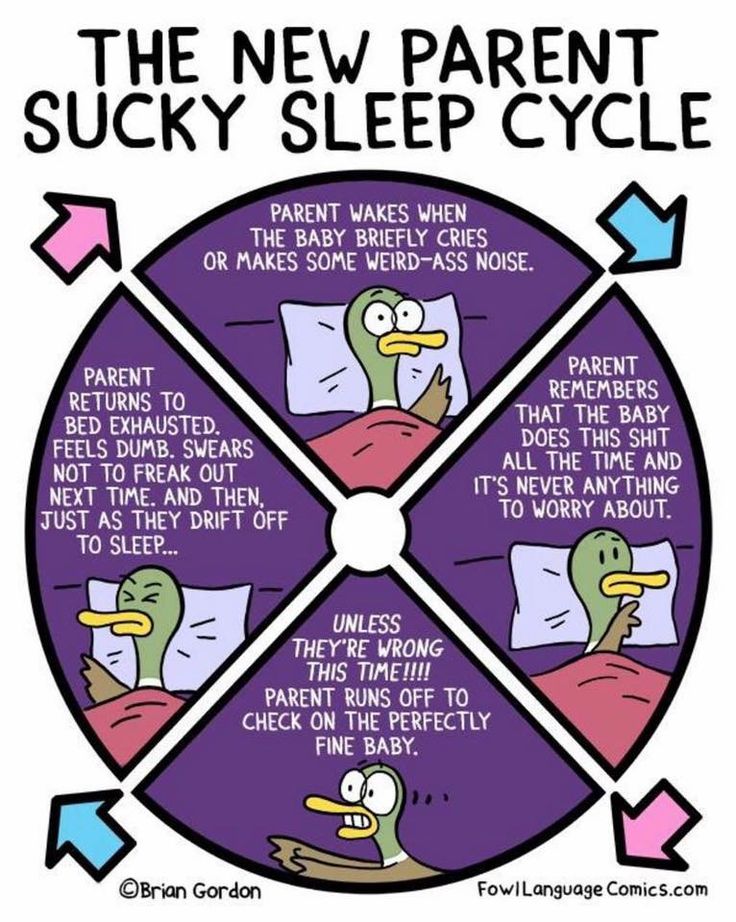 The remaining material is then pushed under your treasure. Ready!
The remaining material is then pushed under your treasure. Ready!
Important
Make sure you don't wrap the blanket too tightly around your body at all stages.
When to stop swaddling
However, there are situations when you need to stop swaddling. At elevated body temperature of the child, in no case should you swaddle, this threatens to overheat due to the fact that the heat cannot escape. Swaddling with congenital hip dysplasia should also be avoided so as not to aggravate the situation. nine0005
Pay attention to your baby's reactions. As is often the case, even this method is not recommended for all children equally. Whether your child is already having a restful sleep, there is no need to swaddle. For some babies, swaddling has the opposite effect. They don't like to be wrapped, it only annoys them. If you notice that swaddling does not bring comfort to your child, then you should not insist.
When to stop swaddling
Swaddling is used mainly for calming and counteracting the "Moro reflex". It is recommended to swaddle a baby only in the first few weeks of life, as the Moro reflex decreases after the second or third month of life. The desire of the child to move increases with age. Your baby wants freedom of movement to develop motor skills. Swaddling in this case will restrict freedom and thus affect the development of motor skills. The increased joy of movement creates additional risk during swaddling. Your child may roll over on their stomach and will no longer be able to return to the supine position on their own. The prone position increases the risk of sudden infant death syndrome. Especially if the child is not observed for a long time during sleep, swaddling should be abandoned. nine0005
A good alternative to swaddling, recommended for babies after the third month, are baby sleeping bags. They still give a sense of security, but do not restrict freedom of movement.